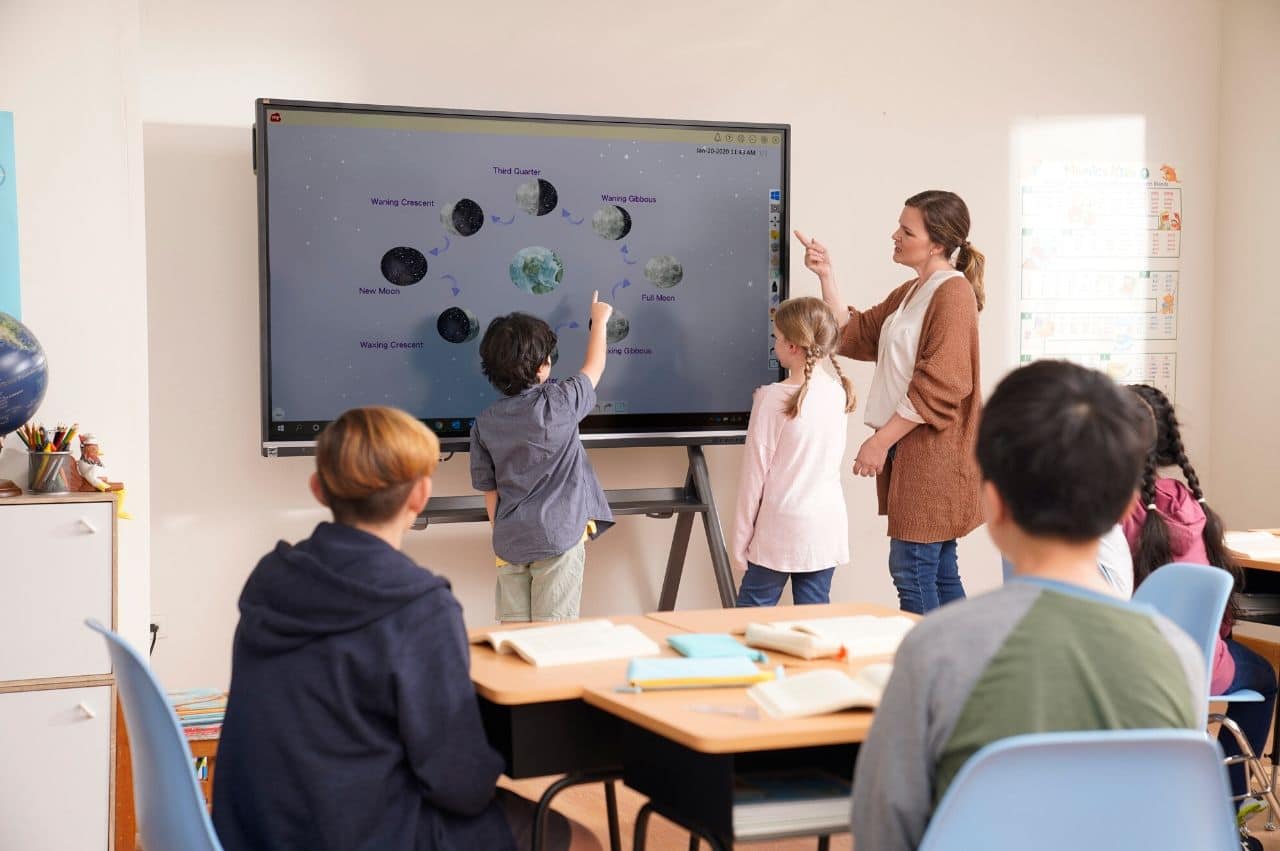In the rapidly evolving landscape of education, modern teaching practices are at the forefront of innovation. These practices leverage technology and progressive methodologies to enhance student learning experiences. This blog explores the transformation from traditional teaching to modern approaches that prioritize engagement, personalization, and critical thinking.
1. The Evolution of Teaching: From Traditional to Modern
Traditional teaching methods often relied on lectures and rote memorization, limiting student engagement and creativity. The shift towards modern teaching practices is fueled by the need to prepare students for a dynamic, knowledge-driven world.
2. The Core Principles of Modern Teaching
Modern teaching prioritizes student-centered learning, active participation, and personalized instruction. These principles align with the goal of fostering innovation by empowering students to explore, question, and create.
3. Embracing Technology in Education
Technology has revolutionized education, providing tools like interactive apps, virtual reality simulations, and online platforms. These innovations enhance engagement and offer immersive learning experiences that bridge traditional classroom gaps.
4. Flipped Classrooms: Rethinking Traditional Learning
The flipped classroom model reverses the traditional learning structure. Students engage with instructional content outside of class, allowing in-class time for collaborative activities and deeper discussions. This approach cultivates critical thinking and application skills.
5. Gamification and Project-Based Learning
Gamification infuses gaming elements into educational contexts, increasing motivation and active participation. Project-based learning promotes hands-on experiences, encouraging students to explore real-world challenges and develop problem-solving skills.
6. Adaptive Learning: Personalizing Education Through Innovation
Adaptive learning tailors instruction to individual students’ strengths and weaknesses. This approach maximizes learning efficiency by providing custom learning paths, fostering a sense of mastery and autonomy.
7. Cultivating Critical Thinking and Creativity
Innovative teaching practices emphasize the development of critical thinking and creativity. Techniques like Socratic seminars, design thinking, and inquiry-based learning empower students to analyze, synthesize, and generate original ideas.
8. Overcoming Challenges and Resistance to Innovation
While innovation holds immense potential, it may encounter resistance from various stakeholders. Educators must address concerns by showcasing the long-term benefits and facilitating a smooth transition.
9. Measuring the Impact: Assessing the Effectiveness of Modern Teaching
Measuring the impact of modern teaching practices involves assessing student engagement, learning outcomes, and overall satisfaction. A combination of qualitative feedback and quantitative data informs educators about the effectiveness of their approaches.
Takeaway
Modern teaching practices represent a paradigm shift in education, harnessing innovation to create more dynamic and effective learning environments. By embracing these practices, educators empower students to become lifelong learners and adaptable problem solvers, prepared for the challenges of the future.

